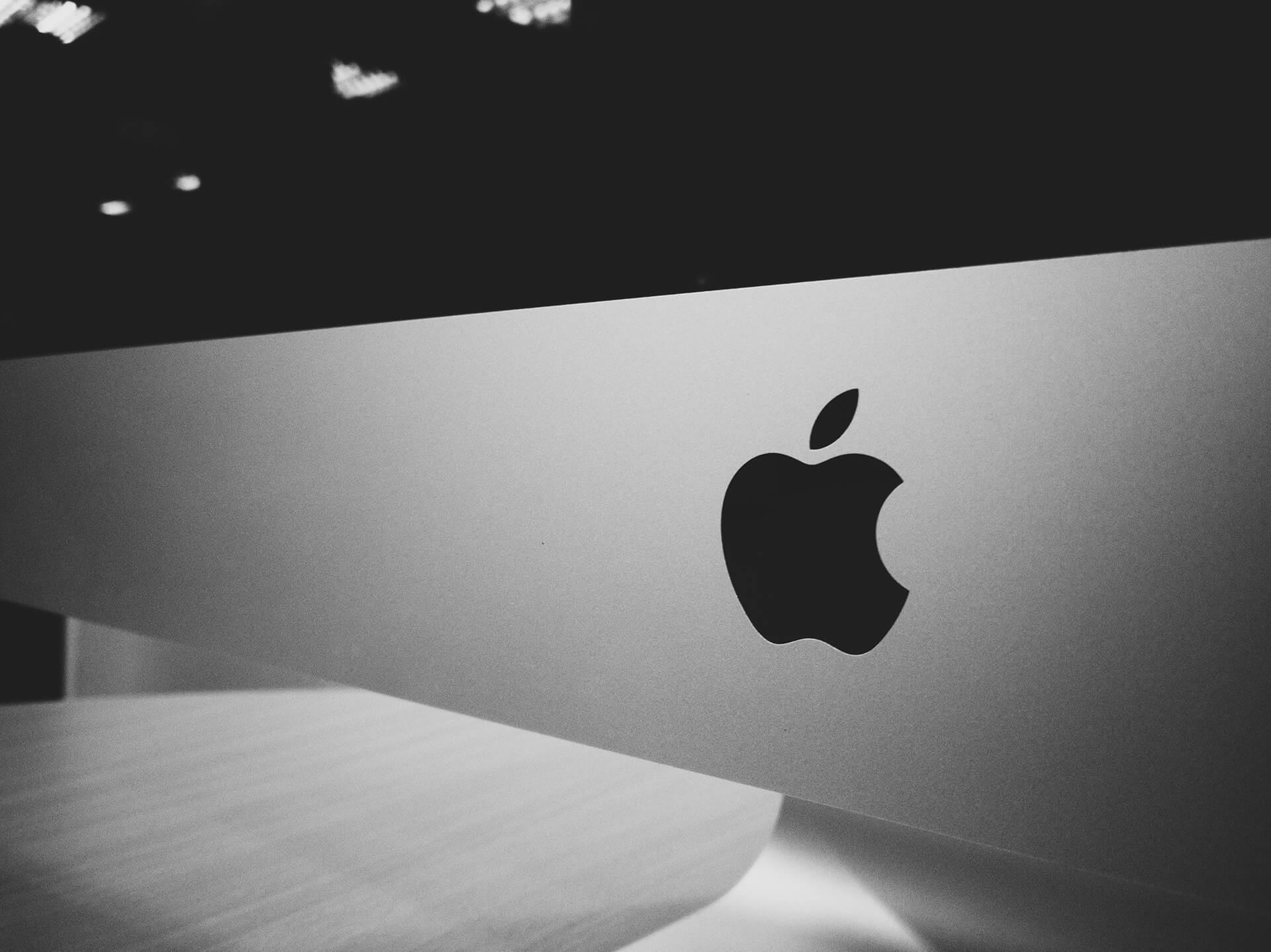By August 2020, Apple’s market capitalization surpassed $2 trillion, a new milestone for the company. Though many factors have contributed to this success, Apple’s visual identity is definitely one of them. In this article, we will take Apple as an example to analyze the key components of a successful visual identity.
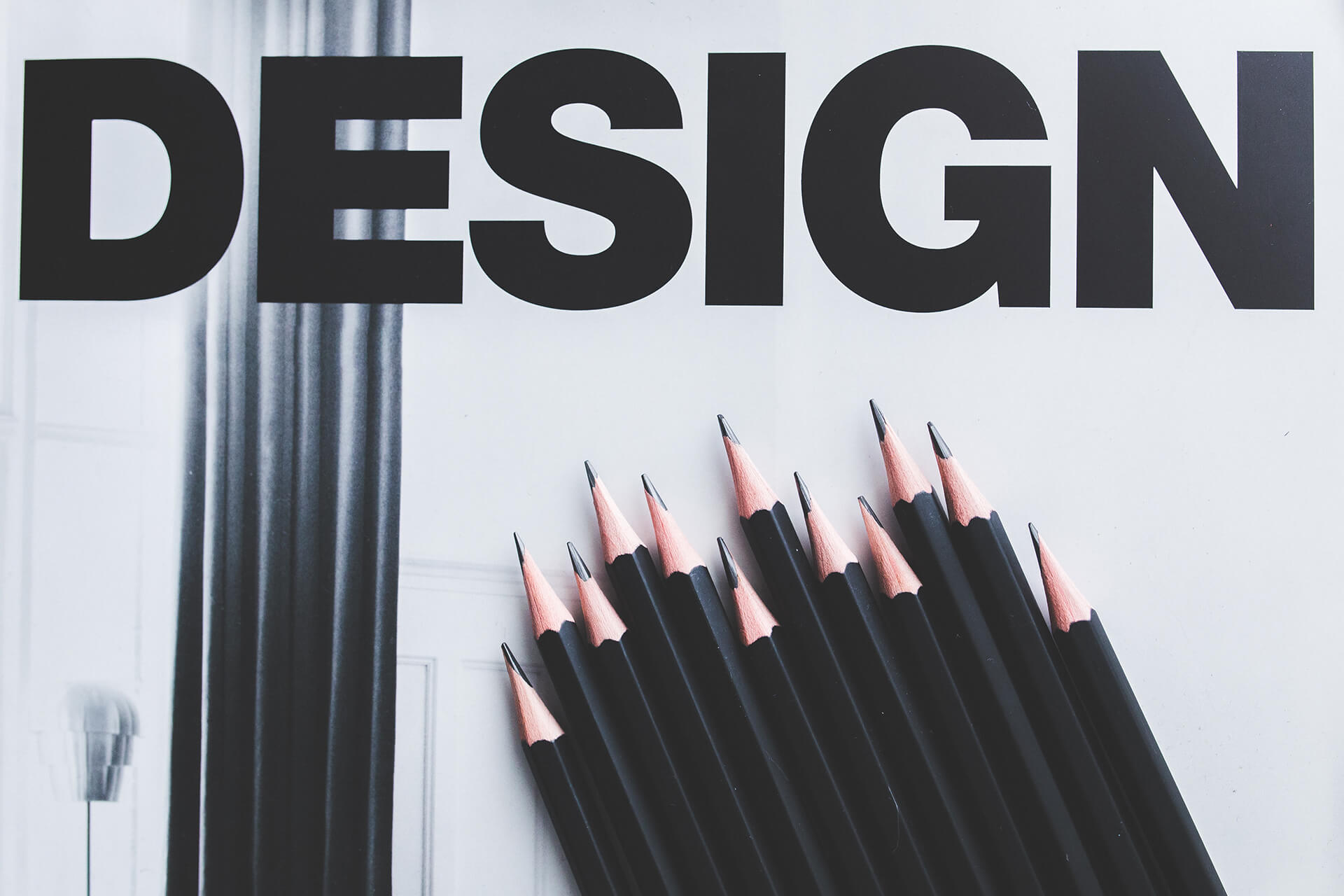
Components of a robust visual identity
Visual identity is the core of any company’s brand and is composed of a number of components. When they are all put together, they tell a compelling story about the organization. There are five main elements when considering visual identity:
Logo
A logo is a graphic mark, emblem, symbol, or stylized name used to identify a company, organization, product, or brand. Besides incorporating a brand’s value and mission, a logo should be recognizable and memorable, allowing consumers to identify and recall the logo when desired.
Color
Research suggests that within the 90 seconds when people decide their initial interactions with products, about 62 to 90 percent of the assessment is based on colors alone. Therefore, colors should be fit to convey the ideas and values that a brand wants to deliver.
The progression of the Apple logo has four stages. From 1976 to 1977, Apple used its first logo designed by its founder Steve Jobs and Ronald Wayne. This classically styled logo took ideas from the famous story of Isaac Newton and the apple tree. The more familiar rainbow Apple logo came out in 1977, taking on the colors of Isaac Newton’s Prism Experiment, complementing the release of the Apple II, one of the first consumer electronics with colored display. In 1998, with the launch of new iMac G3, Apple changed from the rainbow Apple logo to the monochromatic Apple logo. As the company changed through the decades, its visual identity morphed to accommodate and strengthen its position in the industry.
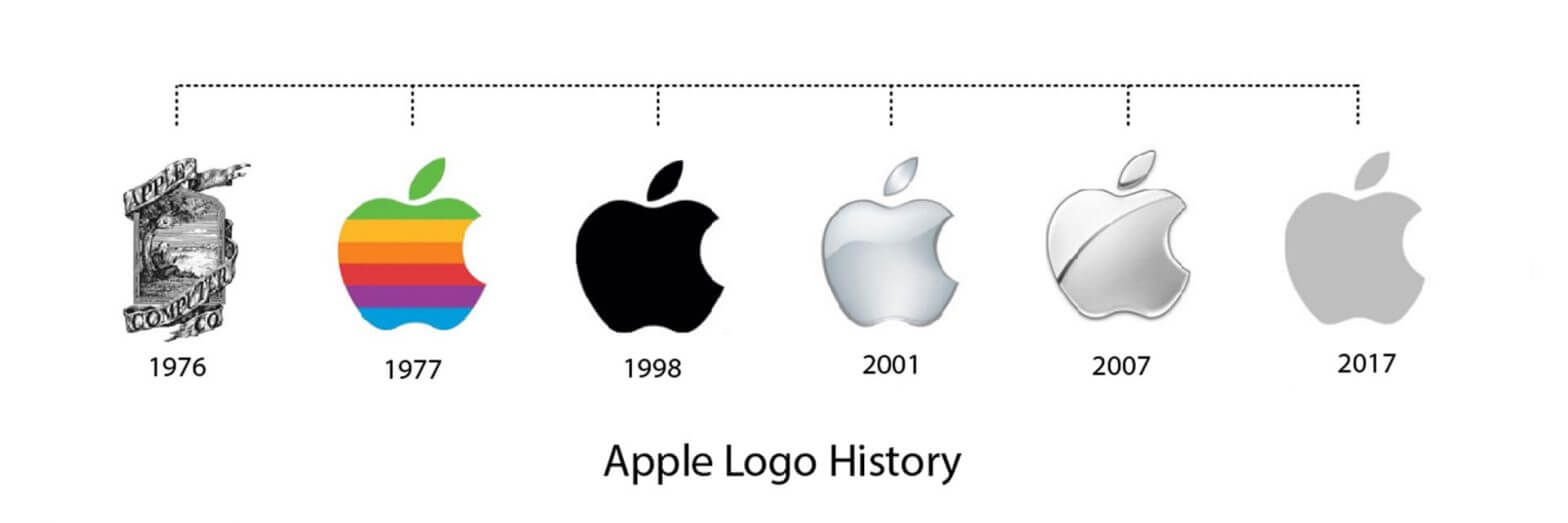
Typography
With text based content, both quality and presentation are critical for the visitor’s experience. Typography, including the shape, scale, arrangement, and font of the text, influences a brand’s visual identity.
Apple has used several typographies in its history. Some of the most iconic fonts used include Apple Garamond, released with the Macintosh computer, as well as San Francisco, released with the Apple Watch.
Physical brand assets
Physical brand assets are the material objects that comprise a company’s visual identity. These can include the decoration of a brand’s physical store, the uniforms that employees are wearing, and product packaging design.
Apple stores use a monochrome color scheme as well as large glass storefronts to leave customers with the impression of simplicity and professionalism. Besides the interior design, Apple provides a unique customer experience that contributes to the success of Apple Store. Employees are dressed in black coats and jeans and have strong product knowledge. Customers can also experience products firsthand before purchasing.
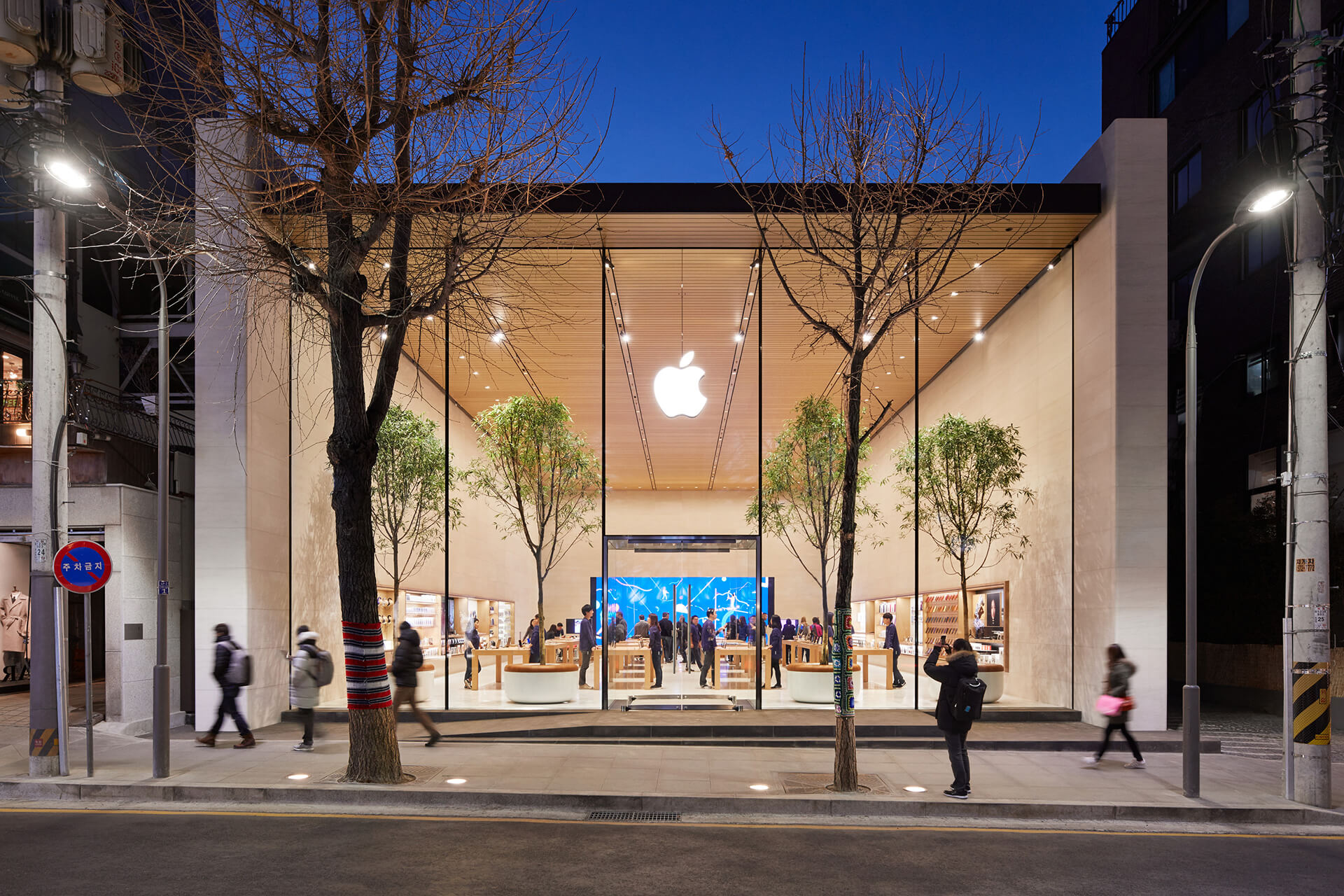
Imagery
Imagery includes the various types of media displayed on a brand’s advertisements, official websites, or other marketing materials. Imagery can also include the spokespeople invited to act as the living image of a brand. Imagery should be representative of the brand’s value and cater to the target audiences, enabling audiences to establish a relationship with the brand that they are consuming.
In the Think different campaign, Apple employs black and white photos of great minds, such as Thomas Edison, with an iconic Apple logo in the corner. Apple uses this imagery to state company values such as innovation and determination to make world-changing products. The campaign was successful and defined Apple’s position in the industry.
What do many companies neglect when creating their visual identity?
It is never easy to create a market-leading visual identity for any brand. However, if companies take certain factors into consideration, they will be closer to creating a robust visual identity. From the story of Apple’s evolving visual identity, we know that Apple has adopted the following three principles of success.
Be creative
Having a good visual identity is never enough for a brand to stand out from the crowd. It is crucial for a brand to have innovative visual designs to become an industry leader. Researching competitor designs and audience reach can help a brand differentiate itself in the industry. For starters, a brand can avoid generic logos, since memorable logos are 13% more likely to get consumers’ attention.
Apple has been praised for innovation by releasing world-changing products. Products such as the iPod, iPhone, iPad, MacBook Air, and Air Pods have created new product categories and disrupted the market.
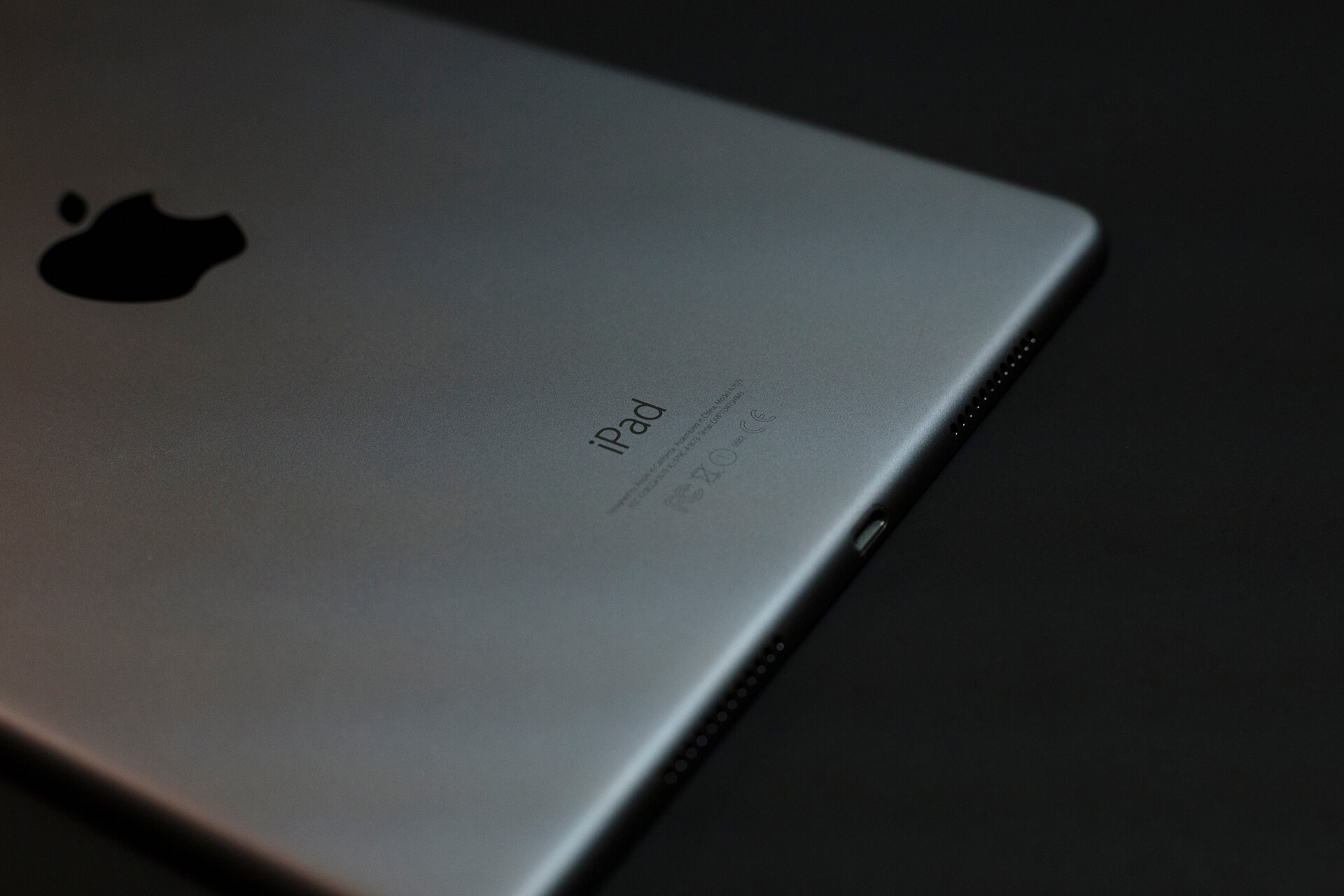
Choose the right target audience
To create an impressive visual identity, brands first need to know their target audience. A brand must have a definite identity, focus on its target audience, understand audience preferences, and deliver on its core values.
Certain Apple products have specific target audiences. For example, Apple’s marketing for the MacBook Air stresses ease of use, battery life, and user-friendly features, while marketing for MacBook Pro stresses the available hardware configurations, color accuracy, and performance metrics. Apple leverages its different target audiences to deliver different marketing experiences.
Consistency
A brand’s business offerings can span multiple channels including online and offline. Therefore, a brand’s identity should be recognizable, no matter the business unit. Applying a consistent visual identity both helps brands meet this goal and leverages consumer loyalty to promote future growth. To keep the consistency of visual identities, brands should create a visual identity system and ensure that all visual components are composed with an identical style.
Apple creates a consolidated visual identity by applying an official typography, elegant packaging, interior store design, and issuing corporate identity guidelines for employees. Customers receive an identical user experience whenever they get in touch with Apple.

How does visual identity help your business?
Before deciding to spend time, effort, and money on designing visual identities, companies would first evaluate the returns that they can receive from the investment. Take Apple as an example, we could know that the success of its visual identity enables Apple’s growth by accomplishing the following three objectives.
Deliver brand value
Once a brand incorporates its core values and story into its visual identity, visitors are more likely to be interested and converted to customers. Visitors can immediately form impressions of a brand through its visual identity. If visitors are in concordance with a brand’s visual identity and values, they are likely to remember the brand and become loyal customers.
Leave impressions
Unique and aesthetic visual identities are more likely to retain consumer attention. Research reveals that when making purchases, consumers rely more on intuition than deliberation. Therefore, striking and impressive visual designs are likely to receive more conversions. Additionally, it is easier for consumers to recall impressive designs.
Differentiate your brand
A brand must be able to differentiate itself from the competition using its visual identity. When choosing brands, consumers pay attention not only to a product’s quality, but also a product’s personality. An identifiable visual identity helps consumers identify brands that fit their niche and increases conversion rates.
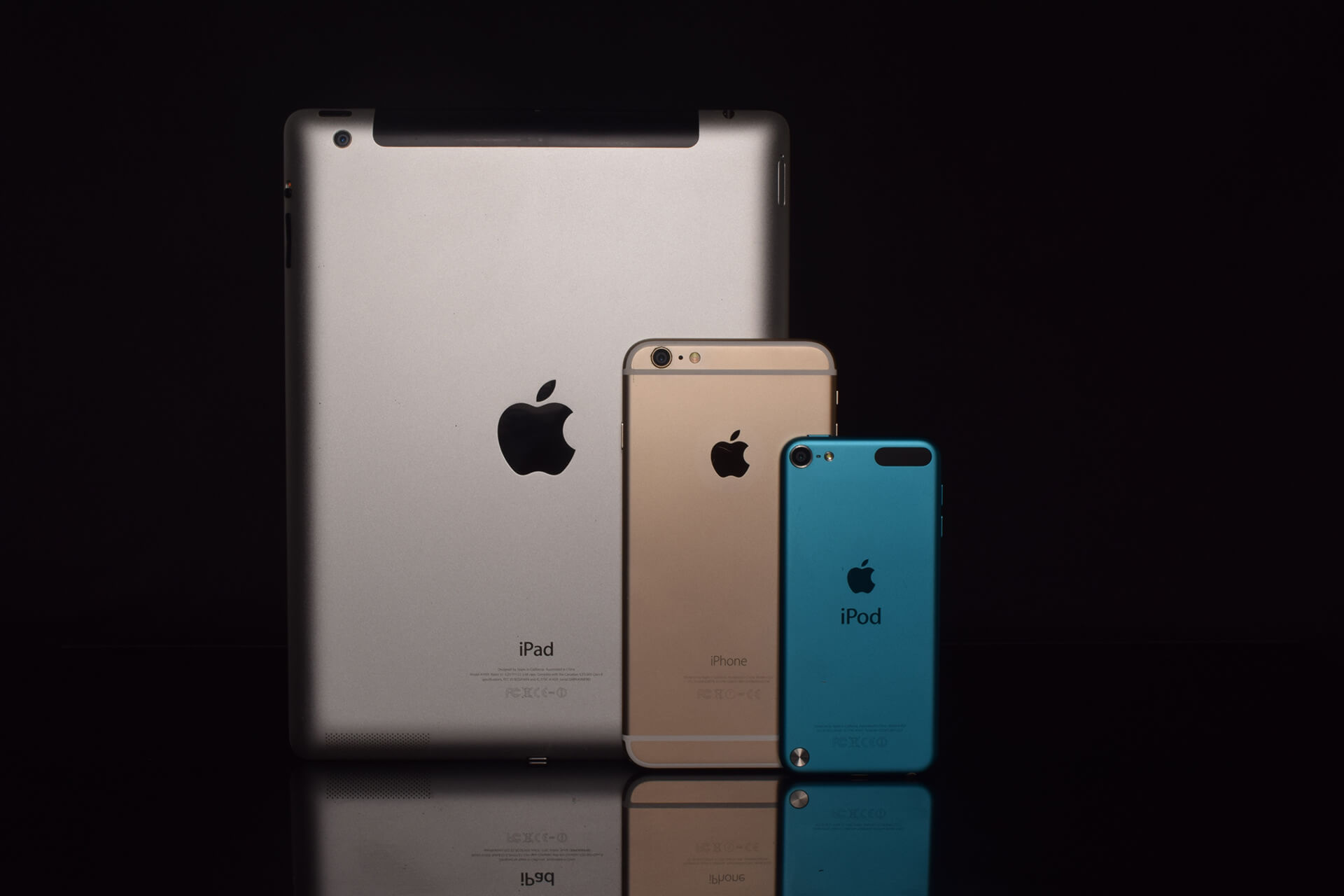
The power of Apple’s visual identity
Consumers are partial when they see an Apple product due to the power of Apple’s visual identity. Apple products are iconic and can be easily differentiated from other brands. The brand has a loyal customer base, ready to purchase the latest products. All this helps solidify Apple’s position in the market and accelerate the company’s growth.
